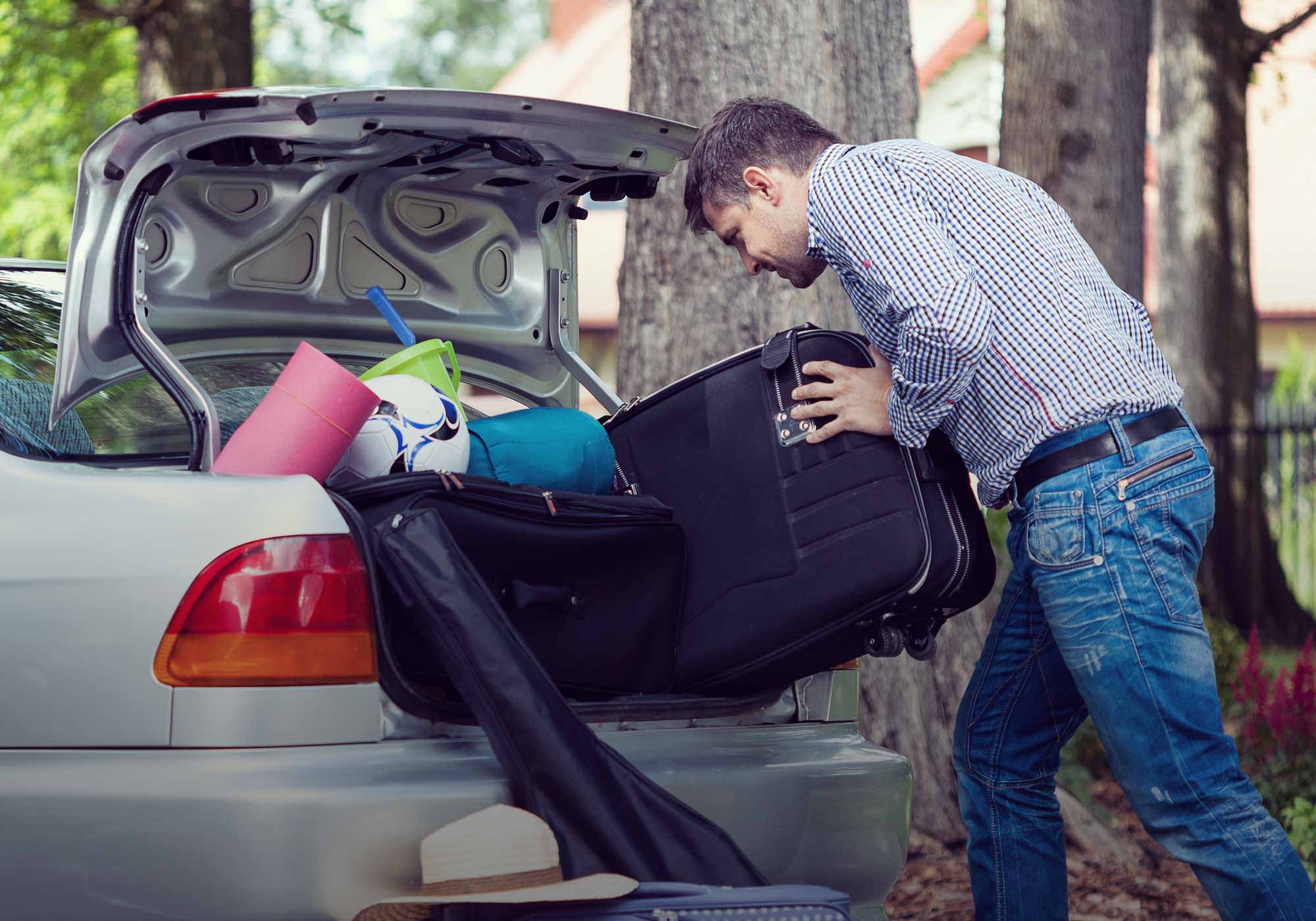A long car journey can be a stressful experience, particularly if you are not used to it. There are some ways you can improve this experience, and ensure that you are safe and well prepared for any eventuality.
Top tips
Before setting off it is important to make sure that you know where you are going and have a route planned, allowing sufficient time to complete the journey. This is mentioned in Rule 97 of The Highway Code, which also states that you should ensure that:
- Clothing and footwear will not get in the way once you’re driving.
- You know where all the necessary controls are and how to use them. Not all vehicles are the same, and it is better to be aware of the controls before you need them.
- Your mirrors and seat are adjusted correctly, to make sure that comfort, full control and maximum vision are catered for.
- You have adjusted the head restraints correctly, to reduce the potential risk of neck and spine injuries if you are in a road collision.
- You have enough fuel. This is especially relevant if your journey includes motorway driving. It can be dangerous to lose power when driving in traffic, so check your fuel before you set off.
- Your vehicle is completely legal and roadworthy.
- You switch off your mobile phone, as it can be a distraction – and using your phone while driving is illegal.
Don’t drive tired
Driving while tired can be as dangerous as driving while intoxicated, potentially putting yourself and other drivers at risk. According to The AA, some studies have shown that fatigue can play a factor in up to 10% of all road accidents. In preparation for a long car journey make sure that you have had enough sleep, as The AA recommend not even starting a journey if you are tired.
Take breaks
Tiredness is one of the biggest causes of accidents, so make sure you take regular breaks. Don’t drive for longer than 2.5 hours at a time and take a break for at least 20 minutes.
It is also recognised that driving after a large meal can increase fatigue, so try to eat something light before you set off, and snack when you take a break during the journey.
Make sure your car is fully roadworthy
The DVSA (Driver & Vehicle Standards Agency) states that “As a driver, you’re responsible for the roadworthiness of your vehicle – that is, that it’s safe to be driven on the road.” This means that before setting off on a long journey they recommend making sure that your car is fit for the route. You could check things such as the oil, engine coolant and that tyres are correctly fitted and roadworthy. The DVSA also recommend checking that the horn and all lights are working properly before you set off.
There are many ways to help make your journey as safe as possible, but longer journeys need slightly more planning and preparation time before you set off. Take note of the advice provided by the DVSA, and consult The Highway Code if you are unsure of how to properly prepare for a long distance drive.
Drive like a girl customer?
Find out how to ‘drive like a girl’.
Sources:
https://www.safedrivingforlife.info/drivers-and-riders/drivers/driver-knowledge-centre/preparing-car-journey
https://www.gov.uk/rules-drivers-motorcyclists-89-to-102/before-setting-off-97
http://www.theaa.com/public_affairs/reports/tired-drivers.html
